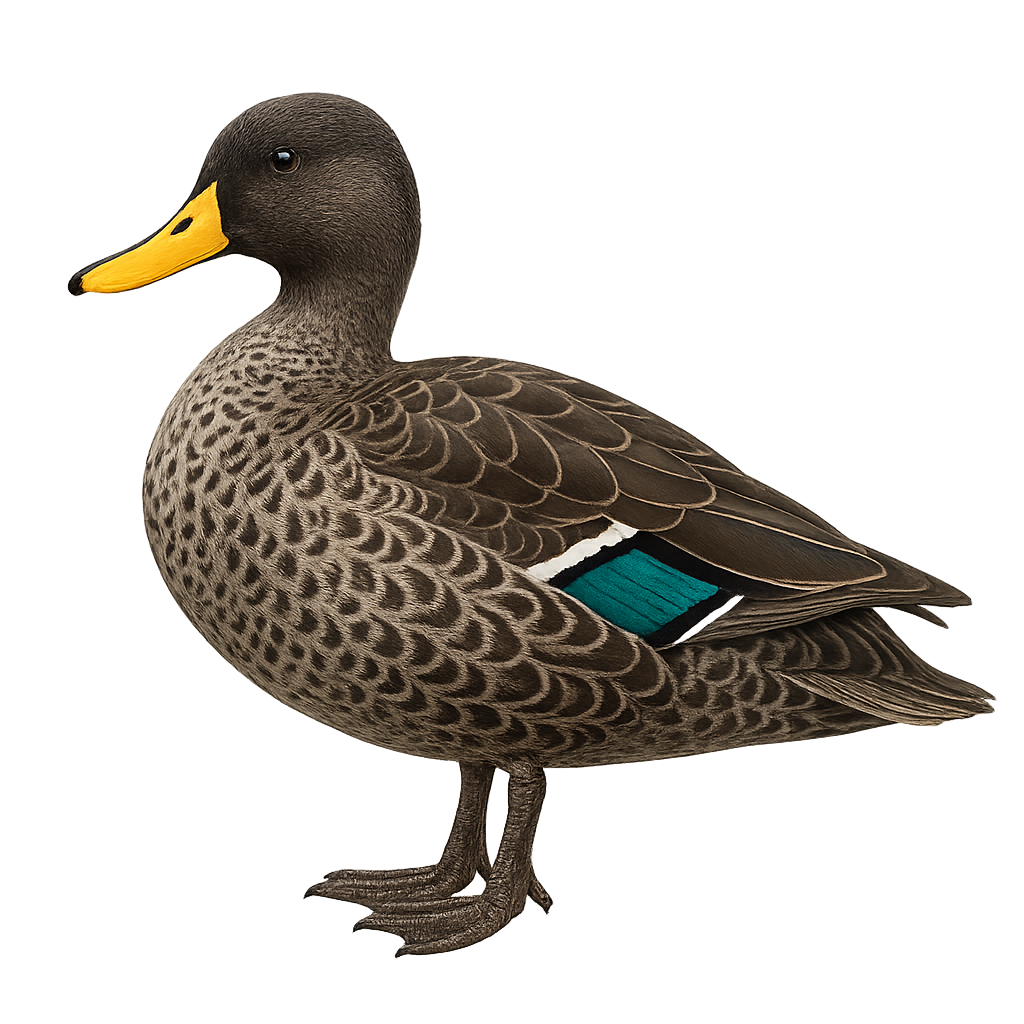Your wildlife photography guide.
Explore the yellow-billed duck in detail, study its behavior, prepare your shots.
Where to observe and photograph the yellow-billed duck in the wild
Learn where and when to spot the yellow-billed duck in the wild, how to identify the species based on distinctive features, and what natural environments it inhabits. The WildlifePhotographer app offers tailored photography tips that reflect the yellow-billed duck’s behavior, helping you capture better wildlife images. Explore the full species profile for key information including description, habitat, active periods, and approach techniques.
Yellow-billed Duck
Scientific name: Anas undulata

IUCN Status: Least Concern
Family: ANATIDAE
Group: Birds
Sensitivity to human approach: Suspicious
Minimum approach distance: 10 m
Courtship display: December to February
Incubation: 26-28 jours
Hatchings: December to March
Habitat:
Lakes, rivers, marshes
Activity period :
Primarily active during the day, with peak activity in the morning and late afternoon.
Identification and description:
The Yellow-billed Duck, Anas undulata, is a medium-sized duck species known for its bright yellow bill and greyish-brown plumage with wavy patterns. It is primarily found in sub-Saharan Africa, inhabiting lakes, rivers, and marshes. This duck is often seen in small groups but can form large flocks outside the breeding season. It feeds mainly on aquatic plants, seeds, and aquatic insects. Although generally discreet, it can be quite noisy, producing nasal calls. The Yellow-billed Duck is an adaptable species, capable of living in various aquatic habitats, allowing it to maintain stable populations despite environmental pressures.
Recommended lens:
400mm – adjust based on distance, desired framing (portrait or habitat), and approach conditions.
Photography tips:
To photograph the Yellow-billed Duck, focus on early morning or late afternoon hours when the light is soft and flattering. Use a telephoto lens of at least 400mm to capture details without disturbing the bird. Be patient and discreet, hiding behind bushes or using a blind. Pay attention to the background to avoid distractions and try to capture the duck in action, such as feeding or flying.
The WildlifePhotographer App is coming soon!
Be the first to explore the best nature spots, track rutting seasons, log your observations, and observe more wildlife.
Already 1 432 wildlife lovers subscribed worldwide

